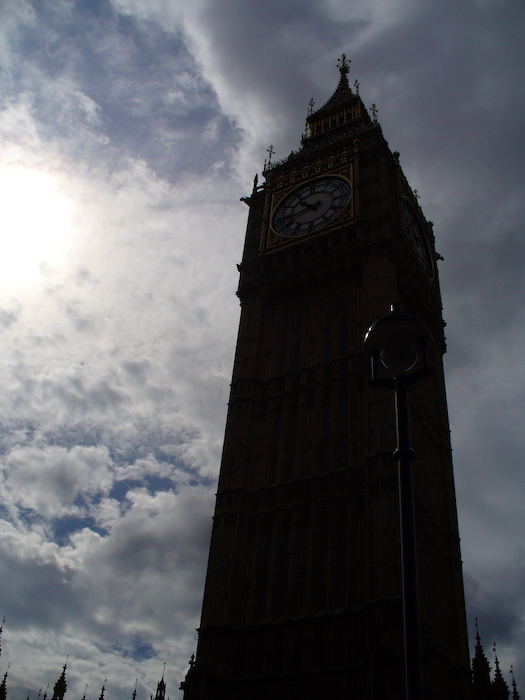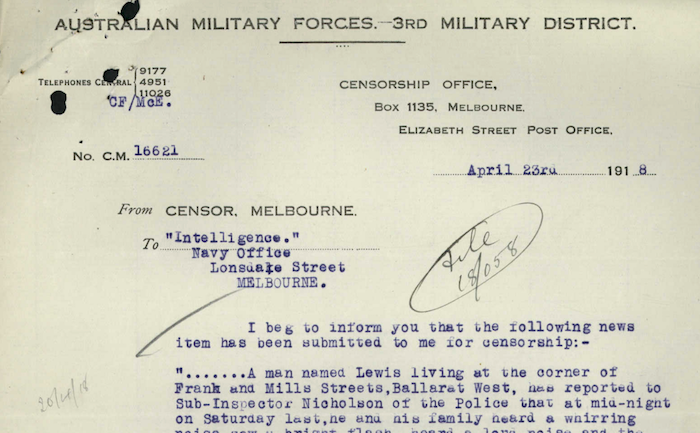A tall tale of Big Ben
As part of a discussion about the worldwide syncronisation of time, Yuval Noah Harari writes: During World War Two, BBC News was broadcast to Nazi-occupied Europe. Each news programme opened with a live broadcast of Big Ben tolling the hour — the magical sound of freedom. Ingenious German physicists found a way to determine the […]



